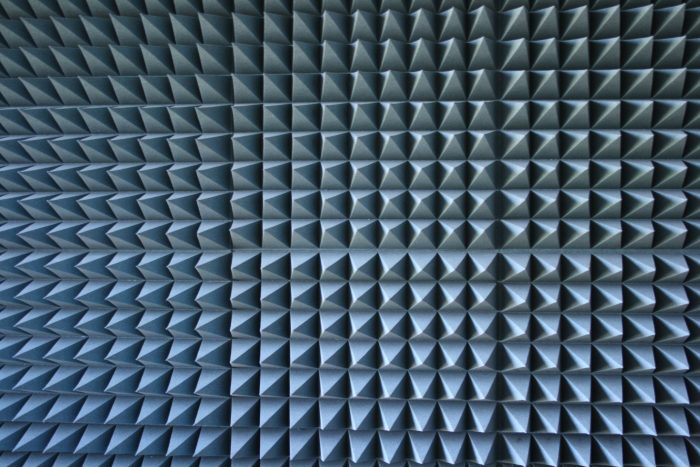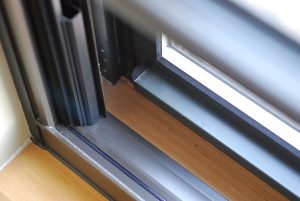Difference Between Sound Proofing and Sound Absorbing
What will you do when someone suffering from noise problem could not search for soundproofing on internet? Many people ask me the ways to keep the sound within specific area. In such condition we usually talk about the type of noise and the room to deal with the problem.
Many people ask about the cost of soundproofing panels or foam as they think it can solve their problem. This is a common misconception as foam itself cannot stop the sound. In fact, foam absorbs the sound instead of stopping it.
Audio sounds can be controlled by two types of products- one that stops the sound and the other that absorbs the echo of the sound.
In order to make people understand this entire idea I suggest building an aquarium to put water in it. What will be the best material for it? Suppose they use sponges on the walls to restrain the water but it will absorb it. Similarly the sound in a room behaves like water in the aquarium. The water can be retained in the aquarium unless its walls are made of glass panels with seal as soft materials like sponges can absorb the water. In order to block the water or sound in a space, it has to be made air-tight from heavy and dense materials.
Noise absorbing

Usually light, soft and fluffy products are used for absorbing the sound in a room to reduce its echo in that area. Suppose, while finishing your basement room you install studs to frame the wall with sheetrock. If you use 2” thick egg crate foam instead of sheetrock then you can clearly hear the sounds spoken from the other side of the foam as it has no or least mass or density.
Noise blocking
The products that do not allow the sound to leave or enter a space are installed while constructing the wall to decouple it and to obstruct the contact of its two surfaces. If, in the above example you use layers of sheetrock on either side of the wall instead of foam, you will not be able to hear the conversation on the other side of the wall.
Echo
While constructing a standard racquetball court in a gym the walls are made two feet thick to produce consistent echo sound when you clap in the room or throw several balls in this room from various directions to bounce on its walls. Now suppose you finish the walls, ceiling and floor of that room with 2”thick foam and throw same number of balls in it to bounce again. You will see that now they do not bounce after hitting any surface because the energy of the balls will be absorbed by the foam insulating the room. Thus it proves that soft foam insulation on all the surfaces can absorb the echo instead of sound.
I am thankful to you if you got the idea I tried to convey about the difference between blocking and absorbing sound clearly through my raw examples, without using any technical thing. Non-technical people can be educated more easily about their noise problem through simple things as they are not going to be acoustic experts.

